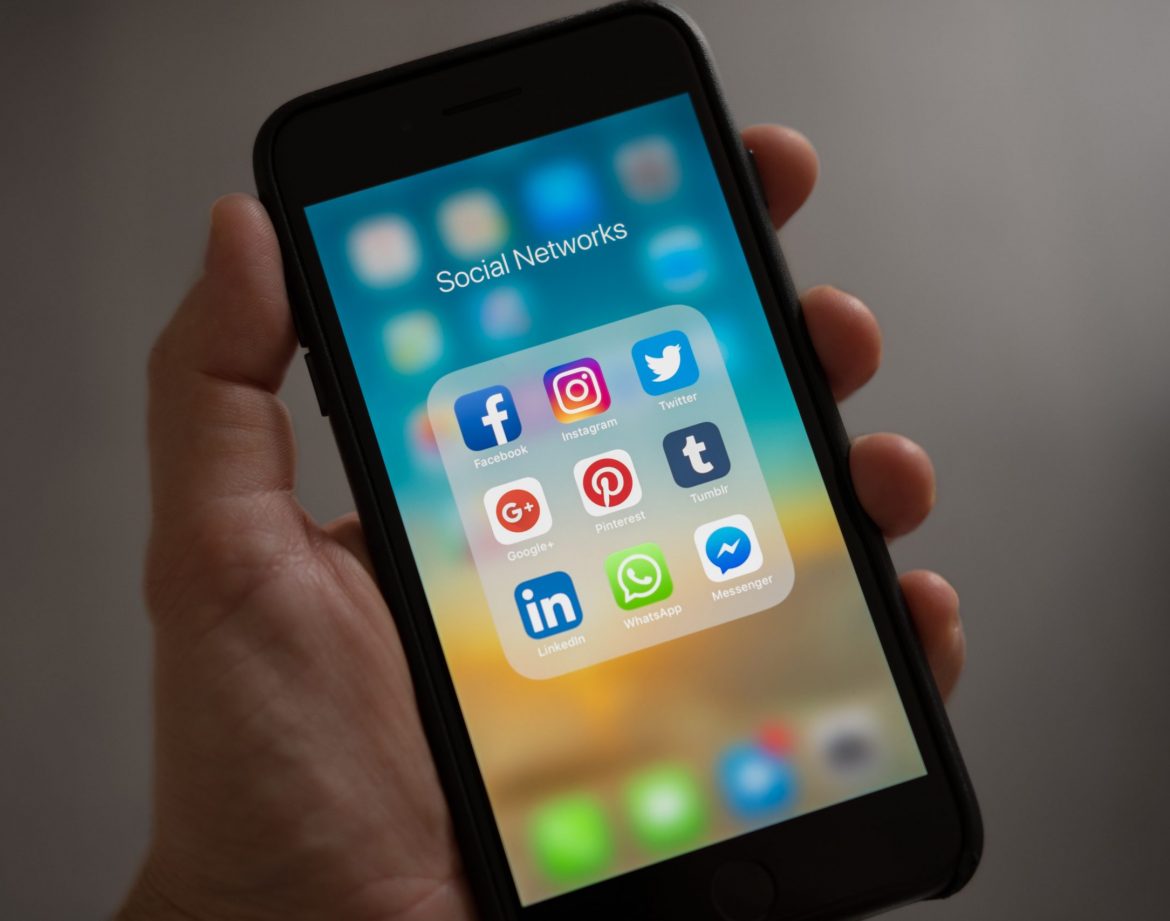Enhance Your Pop-Up Using Social Media
In 2020, Statistica reported that over 3.9 billion people were reported to have actively used social media, with an average of 142 minutes spent online every day. Consumers leverage the power of social media for a multitude of reasons from connecting with friends, sharing important life moments, or merely posting cute selfies, however, it doesn’t stop there. With billions of active viewers globally, social media platforms have become essential for all brands as they are embraced by most age groups. Whether for a B2B or B2C business, social media will, at one time or another, play a significant role in driving success by supporting brand awareness, reaching broader audiences, connecting with consumers in a more personal way, and generating a more substantial online presence.
While the benefits that these platforms offer brands are relatively well known, many are unaware of their role with experiential marketing initiatives. These tactics offer a unique way to connect brands with their consumers through engaging activations and pop-ups, for one. Often launched by digitally native brands to test their businesses in a physical environment, pop-ups can run anywhere from mere hours to months. While pop-ups can drive new business and expand awareness, social media plays an important role in supporting their success.
Here are four ways that social media can be used to maximize the success of pop-up activations:
- Updates and Announcements
Starting with the basics, social media is an essential tool when planning a pop-up as it serves as a public platform for pre-launch. From announcing the location, dates, and other important details to generating excitement, social media offers a platform for brands to reach target audiences and deliver personalized promotional content.
- Journalists and Media Relations
Continuing on the topic of promotion, another way that social media can benefit an upcoming pop-up is is by using it to contact and engage with journalists as they can provide editorial coverage of the activation. While there are many ways to communicate with journalists, an increasingly popular medium is through social media. Brands should therefore begin by liking and commenting on relevant journalist content, looking for connection points in news feeds, and sharing applicable content. From there, brands can reach out through a personal account, communicate naturally, and mention relevant social media posts when crafting a pitch. Additionally, once the pop-up has concluded, brands must ensure to maintain engagement to keep connections established when it’s time to reach out for the next pop-up!
- Influencer Marketing
Beyond using social media to connect with journalists, it serves as a channel to connect with influencers. We aren’t talking about celebrities with millions of followers but rather the smaller personalities who have developed a more devoted and intimate following that meets targeted audience. A recent survey conducted by Lingia found that 71% of business respondents plan to increase their influencer budgets this year, with 90% intending to emphasize micro-influencers, a 10% increase from the previous year. The survey also revealed that brands plan to focus on Instagram as the priority platform, with TikTok as a site of interest as well. Leveraging micro-influencers –smaller internet personalities with a more compact following– can be an important tactic for pop-ups since they can promote the event to their devoted audience, which can drive foot traffic. It is however important to select influencers situated near the pop-up location or those who have an audience that matches its demographic.
- Consumer-Generated Content
Brand-created social media editorial or messaging can be used effectively alongside other pop-up promotional activities, but sometimes it’s the content that is out of our hands that can have the most significant impact. In addition to brand-generated content, companies should consider the role that their consumers play in social media marketing. Consumer-generated content, also known as user-generated content or UGC, refers to content related to a brand but created by individuals who are not professionally associated with it. The benefit of UGC is that it is entirely free and is shared with an additional pool of followers. Through pop-ups, brands can encourage their consumers to generate content by offering engaging and unique experiences. For example, by including a photo booth, engaging display, limited time offer, or exclusive food items, attendees will be more likely to share their experience with their followers, which increases visibility to potential customers. One brand that maximized the benefits of this concept is Frankie’s on the Park, a tween/teen boutique brand that we helped deliver a successful and unique pop-up experience. At their pop-up, Frankie’s offered shopping appointments where customers could to not only but also become a brand model wearing their products. By providing this experience, customers had their picture taken which they could then share on social to increase awareness of the pop-up with their target audience.
If you are thinking of hosting a pop-up and need assistance with your social media, check out the services page of our website to learn about how we can help you “Make it POP!” pop-up go provides customized retail strategies, full-circle design and marketing-communications campaigns specifically designed for pop-ups. pop-up go also offers a turnkey service that includes planning, merchandising, staffing, executing, and marketing – we can manage your pop-up from beginning to end or fill in the gaps where required. Together we can make your pop-up a reality.



